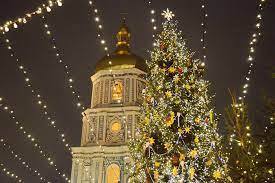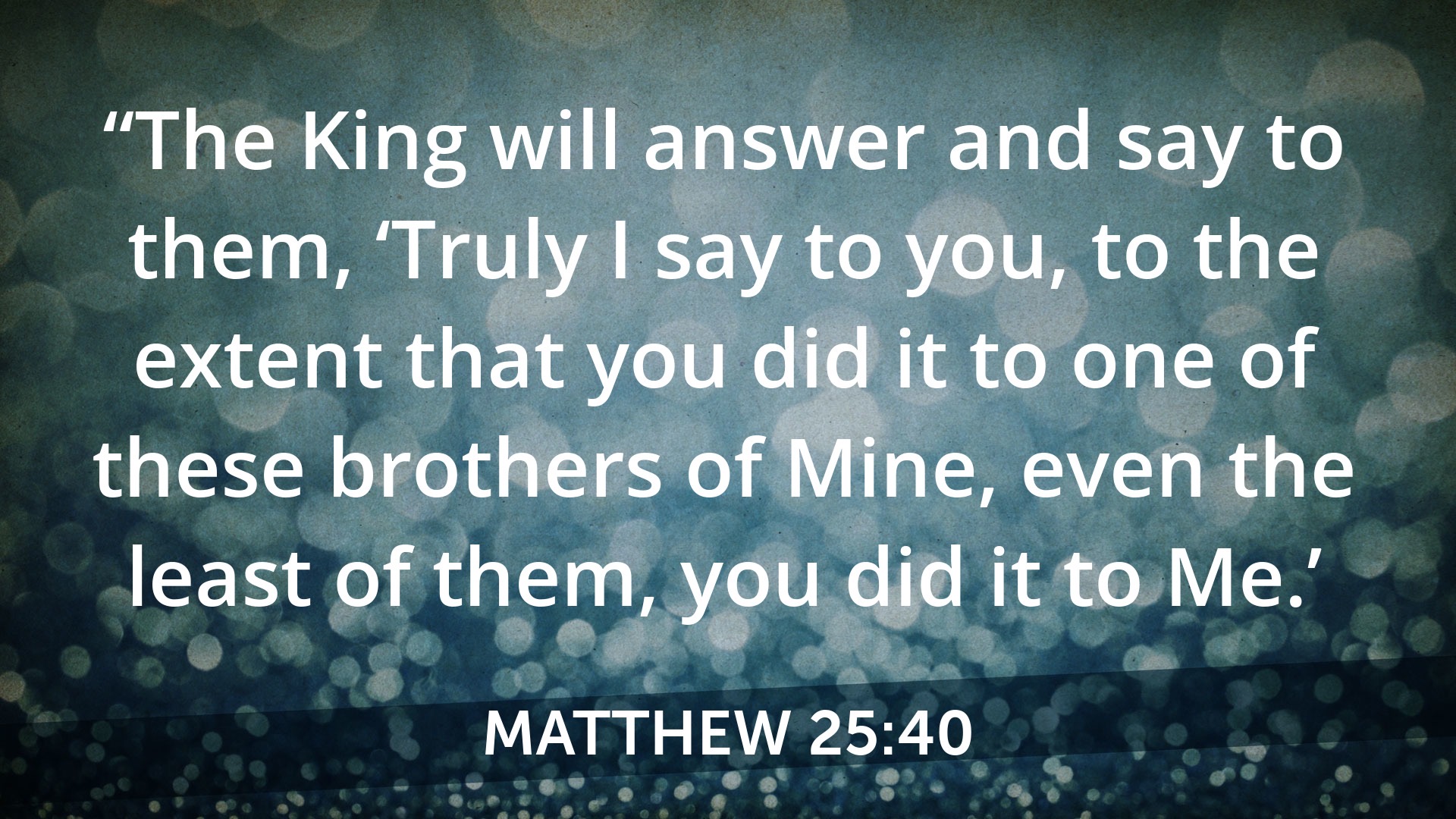
One minor issue that could potentially cause confusion in the discussion of the date that the church “officially” celebrates Christmas relates to the various branches of the church choosing different days for observing the birth of Jesus.
You might be thinking “What other days is Christmas celebrated?” The majority of the church in the west observes Christmas on December 25th.
A few years ago while visiting Bethlehem in January, I got to witness a huge celebration in the square outside the church of the Nativity. That is when I learned that the eastern part of the church celebrates on January 7th.
So, why don’t all Christians observe December 25th as Christmas?
The answer is tricky. Nearly the entire Christian world celebrates the birth of Jesus on December 25th. The fact is that even those who celebrate on January 7th are also observing the December 25th date.
Some branches, mainly the Orthodox and Coptic churches, observe Christmas on January 7th because they choose to follow the old Julian calendar rather than the Gregorian calendar.
The Julian Calendar was instituted in 45 BC under Julius Caesar and was the dating system for most of the western world until Pope Gregory XIII came along in 1582 and altered the old calendar by .0075 days.
The change made but Pope Gregory correct the inaccuracy of the old system’s calculation of a solar year. The tiny variation (10.8 minutes) results in the Julian calendar gaining a day every 128 years. Today, that drift has accumulated into a 13 day difference… Just enough to separate December 25th and January 7th.
I believe the reason for the continued use of different calendars is related to the eastern church not recognizing the authority of the pope. This means their church government deals with these decisions and simply never opted to take on the adjusted calendar.
Nearly the entire church continues to place Christmas on December 25th, but using different calendars, one of which is around 11 minutes longer than the other. All of the churches essentially agree on that day, but not the calendar.
Why do the Julian and Gregorian Calendars matter as it related to Christmas?
The obvious reason to deal with it is because it emphasizes that the difference in dates has to do with calendar issues, not disagreement on the liturgical calendar.
Apart from that, I am addressing this detail for a few other reasons:
- It is kinda interesting.
- It emphasizes the unity of thought on the matter of celebrating the nativity on December 25th throughout the majority of the church beginning very early on.
- It is a peek at how weird and difficult calendar issues can be. It’s also a bit of foreshadowing of the complications that come into play when we start digging into ancient calendars. They’re messy and hard to synthesize.
- In my next post we will be looking at the winter solstice. This is the shortest day of the year. After the solstice the nights grow shorter and the days grow longer. The solstice was important for several pagan religions in the ancient world. One ancient faith in particular, the worship of Sol Invictus, fits into the debate around discussion about why December 25th was chosen as the date of Jesus’ birth. That will be addressed in the next post. The 10.8 minute drift will also factor into that conversation.
Note: The Armenian Orthodox Church celebrates Christmas on January 6th. January 6th is observed as the feast of the Epiphany for much of the church. Epiphany refers to different things in different church traditions. In the east it is associated with the baptism of Jesus. In the west it refers to the revelation that Jesus is God. Either way, in the 6th century a church council declared that the 12 days between December 25th and January 6th are the “12 Days of Christmas” with December 25th counting as the first day of Christmas. January 6th, in turn is the 12th day of Christmas. Within the Armenian Orthodox Church the celebration of Christmas and the baptism on Jesus are done at the same time.






 I wrote this piece for my weekly column. It was originally published in the Big Sandy Mountaineer in June of 2015.
I wrote this piece for my weekly column. It was originally published in the Big Sandy Mountaineer in June of 2015. 
